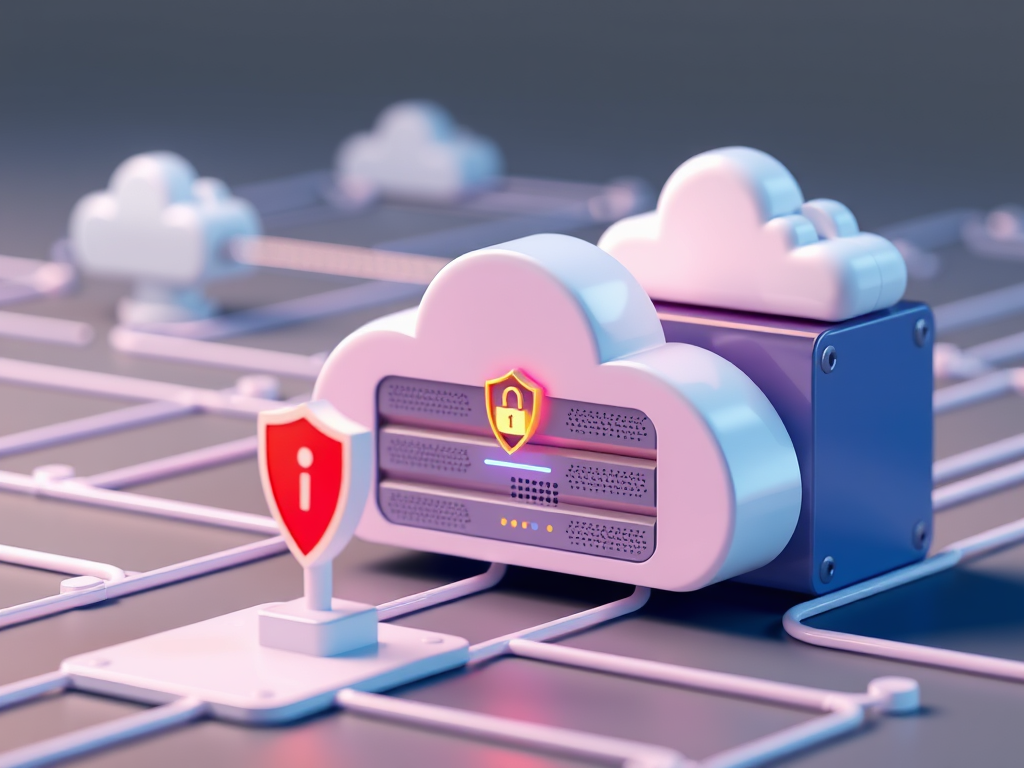The Silent Danger Lurking in Cloud Infrastructure
Cloud computing has revolutionized how businesses store, process, and manage data. However, the convenience of cloud services comes with significant risks. Neglected cloud infrastructure can introduce critical security vulnerabilities, leaving organizations exposed to cyber threats.
In 2012, the Cybersecurity and Infrastructure Security Agency (CISA) issued an advisory concerning software for building systems. A decade later, researchers at watchTowr discovered an abandoned Amazon S3 bucket from that advisory, still active and accessible. This security lapse could have been exploited for malware distribution or supply chain attacks. Fortunately, CISA secured the resource after being alerted.
This case highlights a widespread issue: poor cloud governance and unmanaged digital assets. Many organizations unknowingly leave their cloud-based resources unmonitored, exposing sensitive data to malicious actors.
The Scale of the Problem: A Technical Breakdown

Researchers at watchTowr investigated abandoned cloud resources over a four-month period. Their findings were alarming. They identified approximately 150 abandoned AWS S3 buckets still in use by various enterprises. These buckets received millions of HTTP requests from legitimate applications, proving that critical systems relied on outdated, forgotten infrastructure.
Technical Insights from the watchTowr Investigation
- Persistent DNS Records – Some S3 buckets remained active due to hardcoded DNS records in applications, making them exploitable.
- Misconfigured IAM Policies – Many cloud assets lacked proper Identity and Access Management (IAM) policies, allowing unauthorized access.
- Code Dependencies on Abandoned Storage – Applications continued pulling updates and configurations from unmaintained cloud storage, increasing security risks.
- Orphaned API Endpoints – Some APIs still referenced old cloud storage URLs, exposing authentication tokens and sensitive metadata.
Why Neglected Cloud Infrastructure Is a Cybersecurity Nightmare
Neglected cloud infrastructure presents multiple attack vectors. Cybercriminals can exploit abandoned storage, expired domains, and misconfigured permissions to inject malicious payloads. For instance, if an organization pulls containerized applications from an unsecured cloud repository, an attacker could replace the container with a backdoored version.
Potential Attack Scenarios
- Man-in-the-Middle Attacks (MITM) – Hackers can hijack outdated API endpoints and serve malicious data to unsuspecting applications.
- Malware Injection via Cloud Storage – If a compromised S3 bucket is used for software distribution, attackers can embed malware inside software updates.
- Credential Exposure Through Hardcoded Secrets – Many abandoned cloud assets still contain hardcoded API keys and encryption credentials, making them easy targets.
- Data Exfiltration via Orphaned Storage – Unmonitored cloud storage can allow exfiltration of sensitive files without triggering alerts.
How AI Can Secure Cloud Infrastructure

Artificial Intelligence (AI) is transforming cloud security management by automating risk detection and threat mitigation. AI-driven cloud security posture management (CSPM) tools monitor assets in real time, ensuring compliance with security policies.
AI-Powered Security Features
- Anomaly Detection with Machine Learning (ML) – AI models analyze cloud activity logs to detect unusual patterns, such as unauthorized access attempts.
- Automated Policy Enforcement – AI enforces least privilege access by adjusting IAM roles dynamically based on user behavior.
- Intelligent Asset Discovery – AI scans cloud environments to identify and flag unused resources, reducing attack surfaces.
- Predictive Threat Intelligence – Machine learning models predict potential threats by analyzing historical attack patterns, enabling proactive security measures.
Best Practices for Securing Cloud Infrastructure
To minimize risks associated with neglected cloud infrastructure, organizations should adopt the following strategies:
- Implement Continuous Cloud Audits – Use automated security scanners to detect vulnerabilities in cloud assets.
- Enforce Identity and Access Management (IAM) Best Practices – Restrict permissions using role-based access control (RBAC) and multi-factor authentication (MFA).
- Utilize AI-Powered Security Solutions – Deploy AI-based threat detection and intrusion prevention systems (IPS).
- Monitor and Secure Cloud APIs – Secure APIs with token-based authentication, rate limiting, and logging mechanisms.
- Regularly Rotate Access Credentials – Expire and rotate API keys, encryption keys, and IAM roles periodically to prevent misuse.
- Set Up Automated Alerts for Unused Resources – Configure alerts for orphaned assets, inactive storage, and misconfigured security groups.
- Secure Software Supply Chains – Ensure cloud-based software repositories follow signed builds, immutable infrastructure principles, and cryptographic verification.
Conclusion: Strengthening Cloud Governance Through AI
Neglected cloud infrastructure is a ticking time bomb for enterprises. Proactive governance, AI-driven automation, and continuous security assessments can prevent data breaches, ransomware infections, and supply chain attacks.
By leveraging AI for real-time monitoring, automated threat detection, and intelligent policy enforcement, organizations can build resilient cloud environments. Cloud security isn’t just a compliance requirement—it’s a necessity for ensuring the integrity, availability, and confidentiality of digital assets.
FAQs:
1. What security risks arise from abandoned cloud resources?
Abandoned cloud resources can be hijacked by attackers for malware distribution, data breaches, and unauthorized access, leading to severe security incidents.
2. How does AI improve cloud security management?
AI enhances cloud security by automating threat detection, anomaly analysis, and policy enforcement, reducing human errors in cloud governance.
3. What are common signs of neglected cloud infrastructure?
Indicators include unused cloud storage, misconfigured IAM roles, outdated API references, and unmonitored DNS records.
4. How can organizations prevent unauthorized access to cloud assets?
Implement least privilege access controls, continuous auditing, and AI-driven security monitoring to prevent unauthorized use.
5. Why is real-time monitoring important for cloud security?
Real-time monitoring helps detect and mitigate threats before they escalate, ensuring continuous protection of cloud environments.
6. What are some best practices for cloud API security?
Best practices include using OAuth authentication, rate limiting, encrypted communication, and logging API calls.
7. How does IAM misconfiguration contribute to security risks?
IAM misconfiguration can expose sensitive data, enable privilege escalation, and increase the risk of insider threats.
Stay updated with our latest articles on fxis.ai

